
Mycelium: The Key To A Sustainable Future?
Mycelium isn't just good for producing mushrooms and helping trees talk to one another, but it might be the world's next favourite, versatile material. From packaging and clothing to biocomposites, this unique material could be put to a range of uses.
It would be nice to say that the future’s bright, but it’s no secret that our future on earth looks a little uncertain at the moment. To create a future that’s both enjoyable and habitable, we’ll need to make some radical changes to the way we live, the way we use resources, and which resources we choose to use. Now, before we go any further, we’re not offering up this article as a suggestion for how to save the world, but merely as one idea among many that could help to tip the balance in the right direction.
Specifically, we’re talking about using mycelium as a material for a range of uses, not least as a potential organic replacement for plastics. Mycelium, the vegetative part of fungi, may change the way we think about sustainable design and construction. From its eco-friendly growth process to its diverse applications, mycelium could very well be a small building block to a greener future.
Distinguishing mycelium from mushrooms
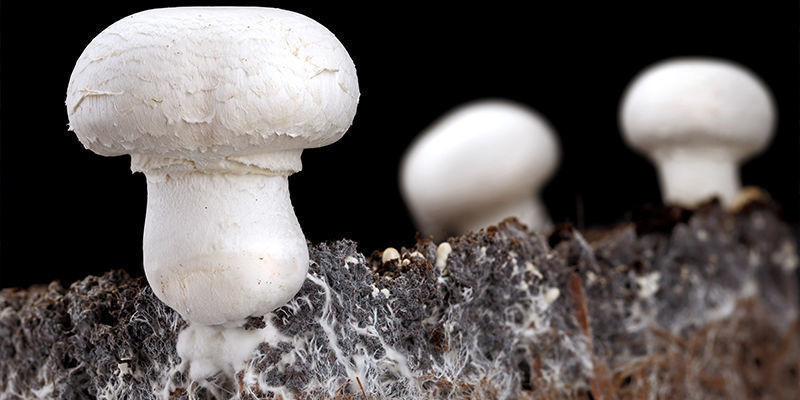
Often, we think of mushrooms as standalone organisms, but this is far from the truth. In fact, a mushroom is simply the reproductive organ from a colony of mycelium (which can be thought of as the living organism)—much like a flower. Mycelium, on the other hand, is a living colony that grows, hibernates, communicates, and much more. A mushroom is merely an anatomical part of mycelium, even though it’s what we know the best, in part because it grows above the substrate in which mycelium grows.
Mycelium: The vegetative network
Mycelium is a vegetative, underground network of fungal filaments. Think of it as the roots of a mushroom, extending throughout the soil or substrate. However, this comparison is limited because, with many species, the mushroom is not even there for most of the year, whereas the mycelium remains. This network does more than just break down the nutrients and absorb them; rather, it can be thought of as the body of the living organism, although even this isn’t quite right as mycelium is really a colony, not an individual being. That said, you can consider mycelium the main part of the colony.
Mushrooms: The reproductive structures
In contrast, mushrooms are the reproductive structures that emerge from the mycelium, functioning similarly to flowers as they emerge for a limited time, reproduce, and die off again. These fruiting bodies produce spores, which are dispersed to create new fungal colonies made up of mycelium.
With most species, mushrooms will appear out of the mycelium when it has sufficiently colonised its substrate and environmental conditions indicate that it is a suitable time to begin the breeding process.
What are the benefits of using mycelium?
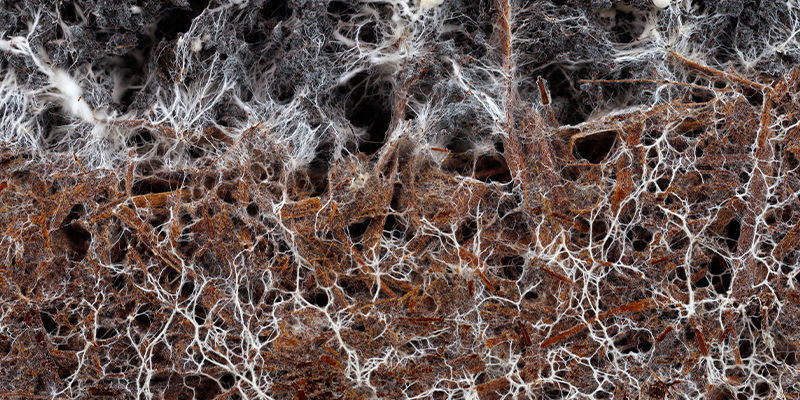
The potential advantages of mycelium-based materials are manifold, and extend beyond their environmental friendliness. As a material, mycelium has various properties that make it useful for diverse purposes. Here are some key benefits.
Sustainability and environmental impact
Mycelium-based materials have a significantly lower carbon footprint compared to traditional construction materials, thanks to a growth process that uses agricultural waste as a substrate, which recycles waste and captures carbon. Additionally, mycelium materials are biodegradable and can be composted after use, returning nutrients to the soil and thereby improving declining soil quality.
Insulation, strength, and safety
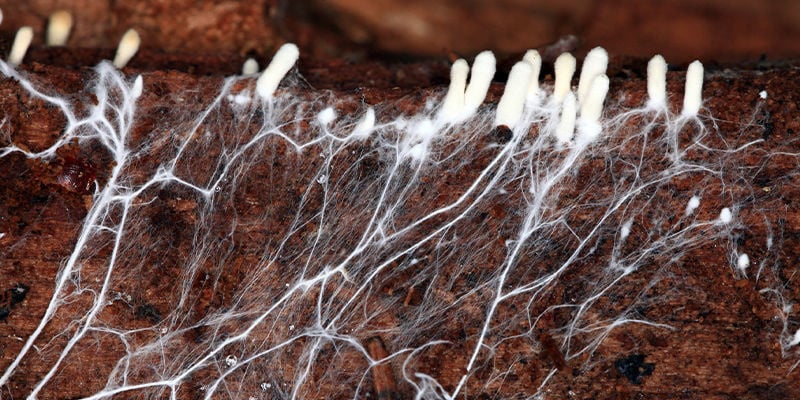
Some species of mycelium exhibit excellent thermal and acoustic insulation properties, which makes them potentially very useful in terms of packaging and building. Moreover, mycelium is naturally fire-resistant without the need for chemical additives, improving its functionality and sustainability. Mycelium-based materials can be engineered to match or exceed the strength and durability of conventional options, while also being significantly lighter. This can help to reduce energy usage associated with transporting heavy goods, further adding to its carbon-reducing credentials.
Economic implications
While the initial cost may be higher—at least while this material is not so popular—the life cycle cost of mycelium materials is competitive due to their sustainability benefits, energy savings, and reduced environmental cleanup costs. The increasing demand for sustainable building materials is likely to drive further research and development, enhancing the scalability and cost-effectiveness of mycelium production, which may eventually make it a cheaper material compared to competitors. Take solar panels as an example. Naysayers once claimed they were too expensive, but now they’re so cheap that they beat older methods when it comes to economic efficiency.
Versatility
Mycelium can be used to create a wide range of construction products, including insulation panels, bricks, furniture, and packaging materials, all while being fire retardant. The versatility of mycelium stems from its ability to grow in and bind different organic substrates, allowing for the customisable creation of materials with specific properties.
Potential drawbacks of mycelium materials
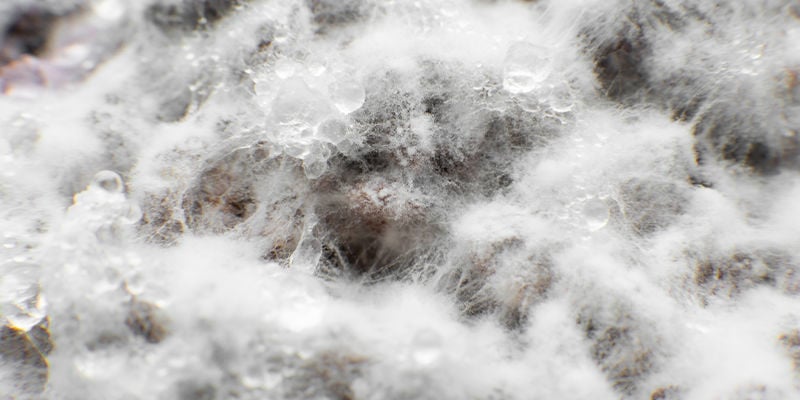
Despite its numerous benefits, mycelium materials come with some challenges that need to be addressed if it is to replace existing solutions.
Variability in material properties
The growth and characteristics of mycelium can be influenced by factors like substrate composition and environmental conditions, which can make it unpredictable for many uses. This can lead to variability in the mechanical, physical, and chemical properties of mycelium-based materials, making it challenging to ensure consistent quality and performance. In some cases, this may not be so much of an issue, but in certain industries this makes mycelium, for the time being, unviable.
Challenges in large-scale production
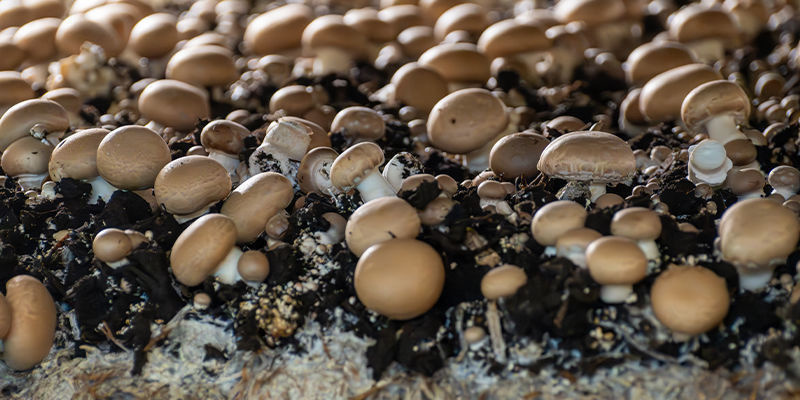
Large-scale production of mycelium materials is still relatively new, and processes may not be as efficient or cost-effective as traditional manufacturing methods, and this may put many potential users off. Scaling up production requires a consistent and reliable supply of agricultural waste materials and mycelium, which, as of yet, is hard to arrange. That being said, neither material is actually in short supply, and solving these issues is only a problem of investment and logistics—there is no compelling reason to believe that they could not be quite easily overcome.
Consumer acceptance
Some consumers may be hesitant to use materials derived from fungi due to a lack of familiarity or preconceived notions about fungal-based products. Many often associate fungi with mould, and mould is not the most popular thing in the world! The inherent "imperfections" and variability in an organically grown product like mycelium may also be a concern for some consumers, as for over half a century we’ve been conditioned to believe that everything should be smooth, lifeless, and uniform. Again, this is not an inherent problem with the product, and there’s no reason to believe that attitudes couldn’t simply shift.
Durability and lifespan
There is limited information available on the long-term durability and performance of mycelium materials, particularly for applications in the construction sector. It is, after all, an organic material, and mycelium will degrade once it dies. Therefore, for any lasting uses, this problem must be overcome. Ensuring the material's performance and reliability over extended periods requires further research and testing. But in the meantime, this does not prevent it from being used for shorter-term solutions.
The many uses of mycelium
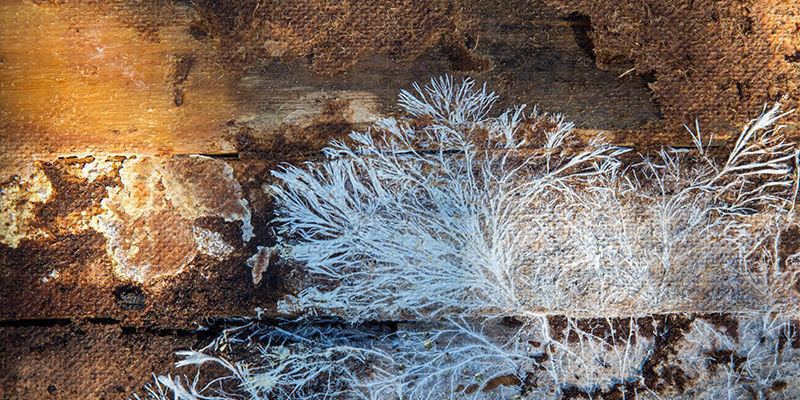
While, in practice, putting mycelium to widespread industrial use might be a little ways off, in theory this material can fulfil a wide range of purposes, and could eventually come to replace a whole array of less sustainable, artificial materials.
Packaging and insulation
Companies like Ecovative Design use mycelium to create biodegradable packaging materials, reducing plastic waste and also setting a precedent for the future. Mycelium panels also offer excellent thermal insulation properties for eco-friendly building solutions.
Construction materials
Mycelium bricks and panels are being developed for sustainable construction, offering a green alternative to traditional building materials. It remains to be seen how they will fare under pressure (literally) and how they will stand the test of time, but it’s likely that with enough experimentation and innovation, these materials will be useful.
Furniture and home decor
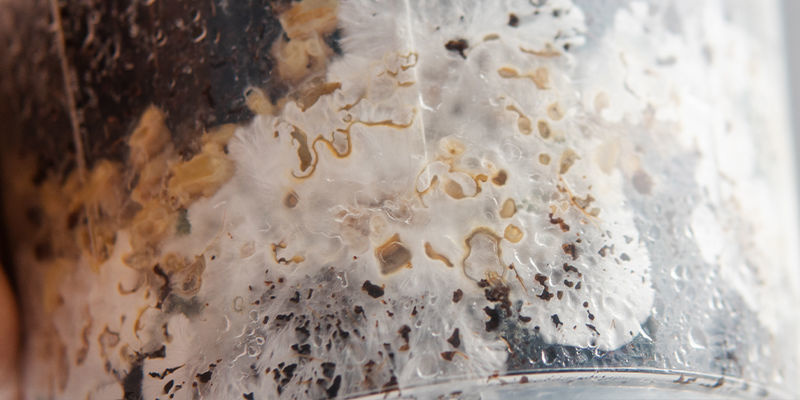
Fancy having fungi in your house as furniture? It doesn’t sound like traditional interior design, but in the future, maybe it will be! Something of an experimental novelty for the time being, some companies are putting mycelium to the test by seeing how attractive they can make it for home decor purposes.
Biocomposites for various industries
Mycelium is being used to create biocomposites for the automotive, aerospace, and fashion industries. Who knows, one day we could all be floating around in giant space mushrooms, drifting through the cosmos in our mycelial homes.
Fabric alternative
Mycelium-based materials like myco-leather offer a sustainable alternative to leather and other animal-based fabrics, promoting cruelty-free and eco-friendly fashion. Why wear animals when you could wear fungi instead?
Mycelium vs plant-based industries
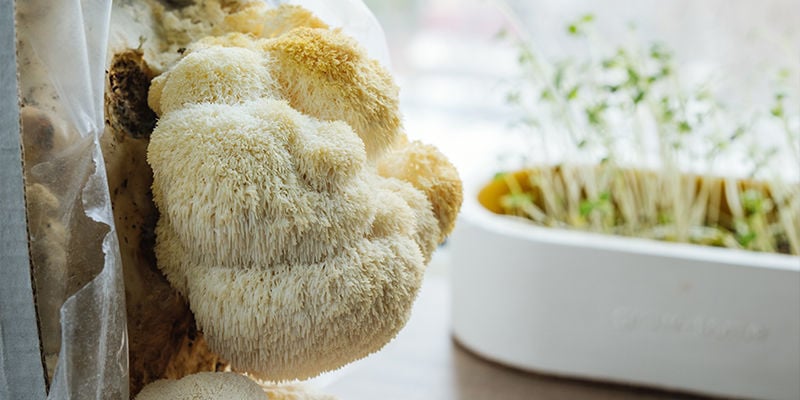
Plant-based materials are already considered more sustainable than traditional options, but mycelium could become an even better choice. Mycelium growth is faster and more efficient compared to plant growth, and it requires far less in the way of water and nutrients. Plus, it grows more densely too! It can spread and colonise substrates rapidly, often within days or weeks, whereas plant-based materials take much longer to cultivate. Additionally, mycelium can utilise a wider range of organic waste materials as feedstock, making it a more versatile and sustainable option compared to plant-based materials.
Mycelium: The "plastic of the future"?
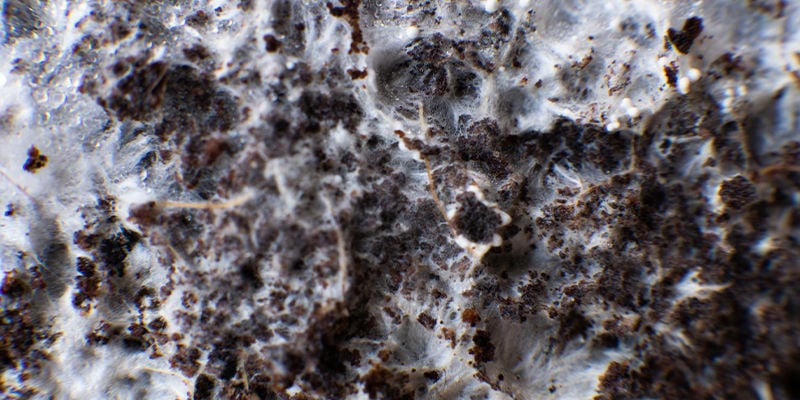
With continued research and innovation, mycelium could become the "plastic of the future"—a biodegradable, renewable, and environmentally friendly solution for a wide range of industries. From packaging to construction, mycelium offers a sustainable alternative that could revolutionise how we think about materials and their impact on the planet.
So, the next time—or the first time—you come across a product made from mycelium, remember that you are looking at the future of sustainable materials. This fungal network could be a key component to a greener, more sustainable world.
-
 5 min
29 July 2024
How To Store Magic Mushrooms
If you want your shrooms to stand the test of time, then you'll need to not only dry them properly, but store them adequately too. While not difficult, it is important to get this right if you want...
5 min
29 July 2024
How To Store Magic Mushrooms
If you want your shrooms to stand the test of time, then you'll need to not only dry them properly, but store them adequately too. While not difficult, it is important to get this right if you want...
-
 4 min
17 September 2020
What Is Mycelium In Magic Mushroom Cultivation
If you've been looking into growing your own magic mushrooms, we're guessing you've seen the term "mycelium" come up in articles and forum discussions. Like a lot of concepts surrounding magic...
4 min
17 September 2020
What Is Mycelium In Magic Mushroom Cultivation
If you've been looking into growing your own magic mushrooms, we're guessing you've seen the term "mycelium" come up in articles and forum discussions. Like a lot of concepts surrounding magic...
-
 6 min
30 June 2020
Everything You Need To Know About Magic Mushroom Substrates
If you’re cultivating magic mushrooms in bulk, or without a grow kit, you'll need to prepare a mushroom substrate. In this guide, you will learn everything you need to know about the right...
6 min
30 June 2020
Everything You Need To Know About Magic Mushroom Substrates
If you’re cultivating magic mushrooms in bulk, or without a grow kit, you'll need to prepare a mushroom substrate. In this guide, you will learn everything you need to know about the right...
-
 4 min
23 September 2014
Creating A Magic Mushroom Outdoor Patch
Mushrooms are usually cultivated indoors, but that’s not how it has to be. With some mycelium you can easily grow a years’ supply of the sacrament in your backyard.
4 min
23 September 2014
Creating A Magic Mushroom Outdoor Patch
Mushrooms are usually cultivated indoors, but that’s not how it has to be. With some mycelium you can easily grow a years’ supply of the sacrament in your backyard.












 United States
United States










